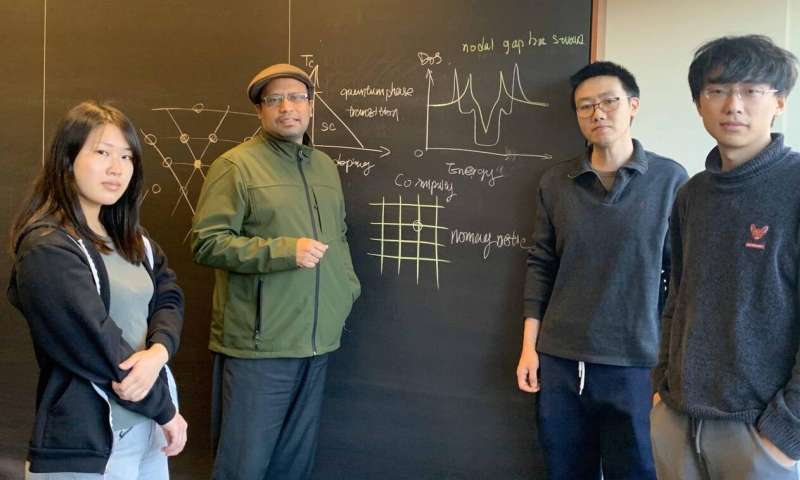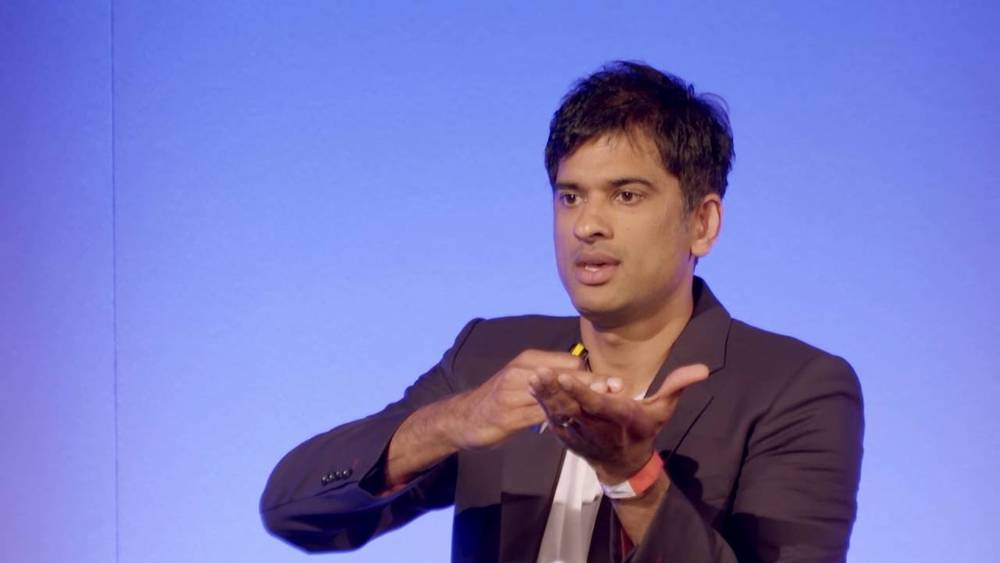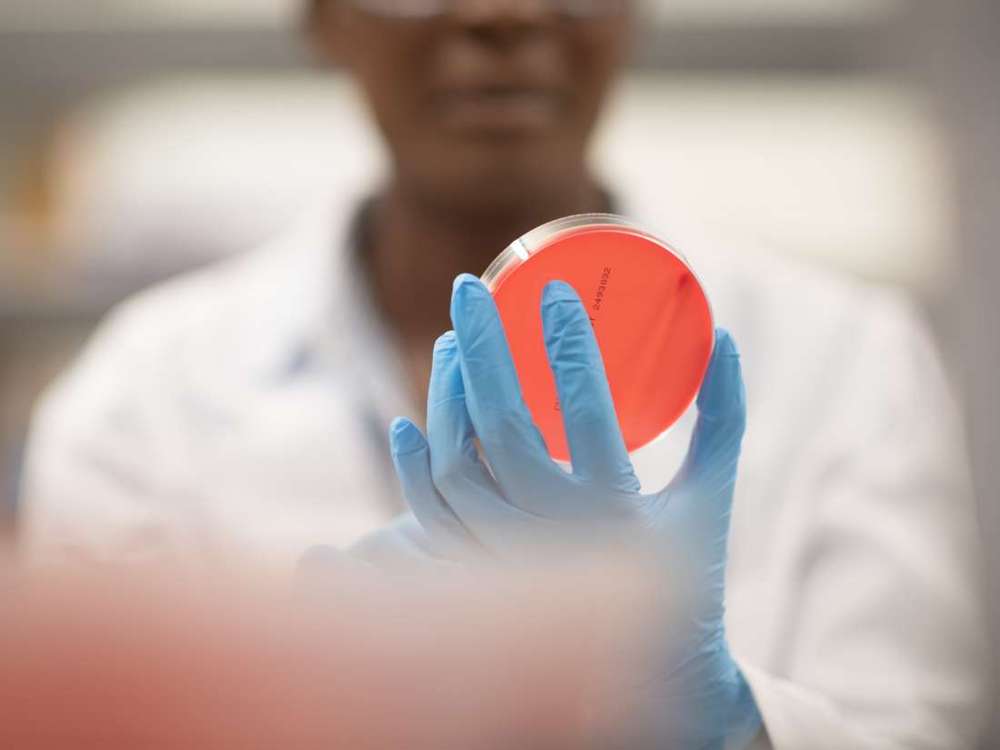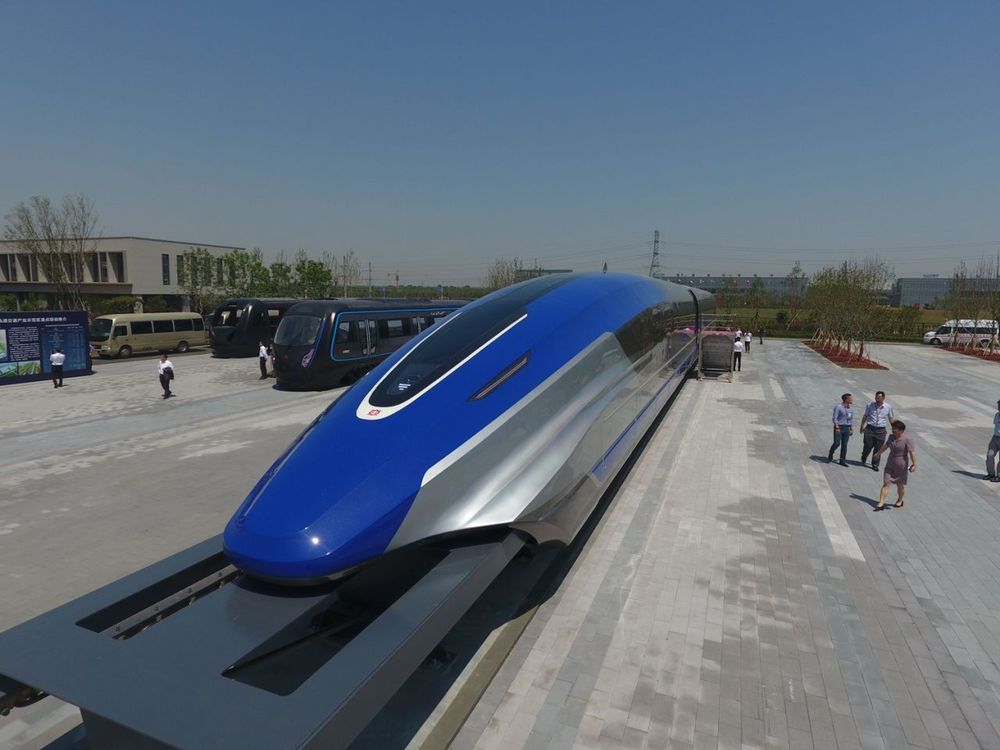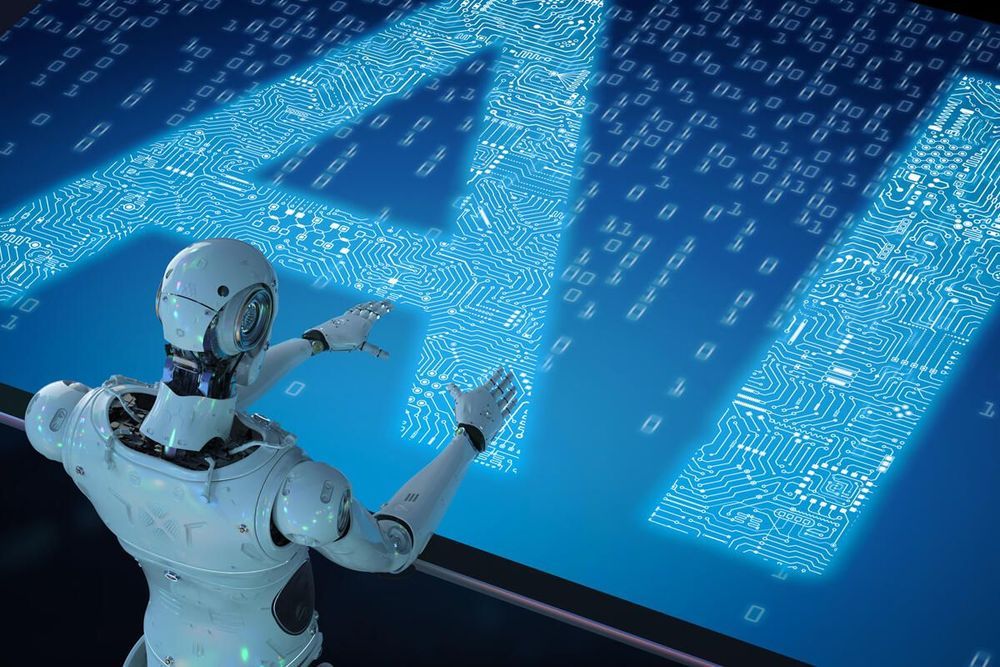Nov 25, 2019
Scientists discover surprising quantum effect in an exotic superconductor
Posted by Saúl Morales Rodriguéz in categories: energy, quantum physics
An international team led by researchers at Princeton University has directly observed a surprising quantum effect in a high-temperature iron-containing superconductor.
Superconductors conduct electricity without resistance, making them valuable for long-distance electricity transmission and many other energy-saving applications. Conventional superconductors operate only at extremely low temperatures, but certain iron-based materials discovered roughly a decade ago can superconduct at relatively high temperatures and have drawn the attention of researchers.
Exactly how superconductivity forms in iron-based materials is something of a mystery, especially since iron’s magnetism would seem to conflict with the emergence of superconductivity. A deeper understanding of unconventional materials such as iron-based superconductors could lead eventually to new applications for next-generation energy-saving technologies.
